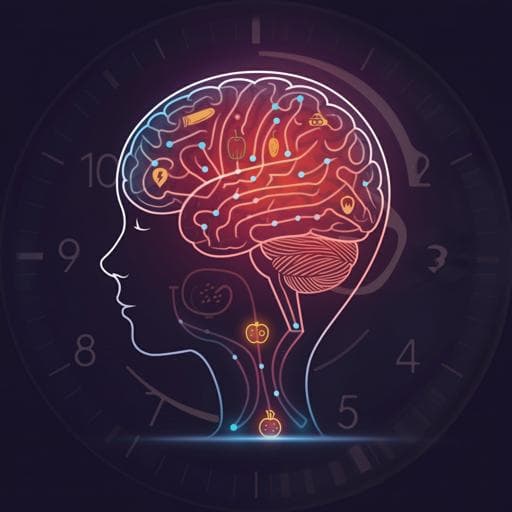
Health and Fitness
Short-term effects of carbohydrates differing in glycemic index (GI) consumed at lunch on children's cognitive function in a randomized crossover study
K. Jansen, J. Tempes, et al.
This study explored how the glycemic index of lunch impacts children's cognitive performance in tasks such as alertness and memory. Conducted by a team of researchers including Kathrin Jansen and Jana Tempes, the findings suggest intriguing variations in cognitive functions that warrant further investigation.
~3 min • Beginner • English
Related Publications
Explore these studies to deepen your understanding of the subject.







